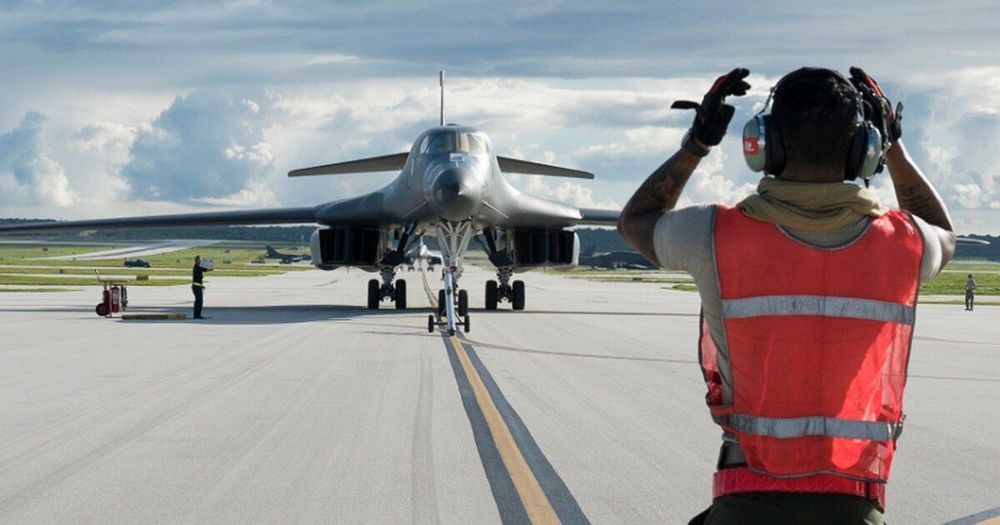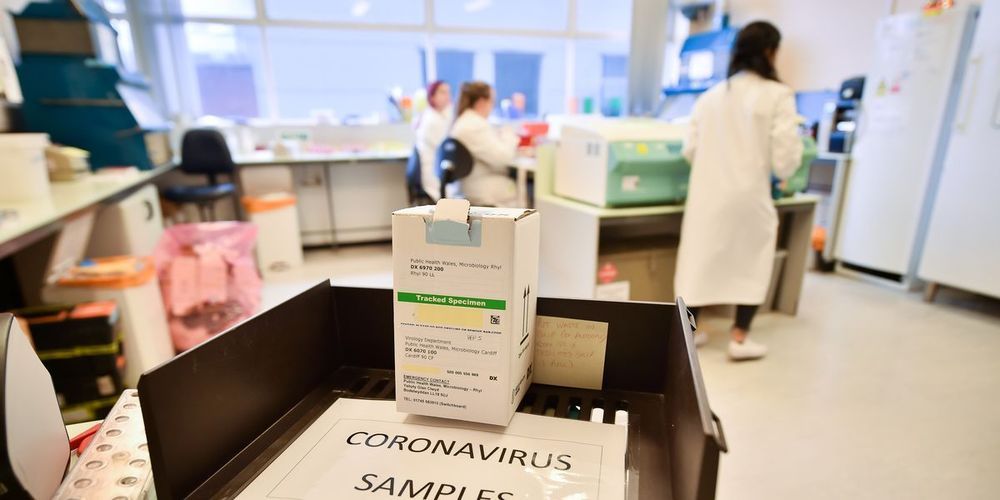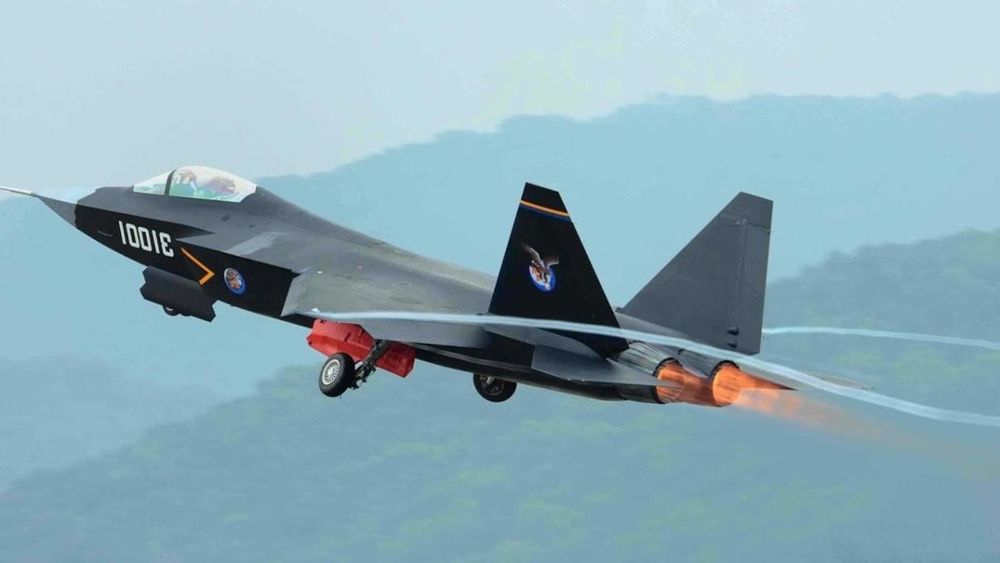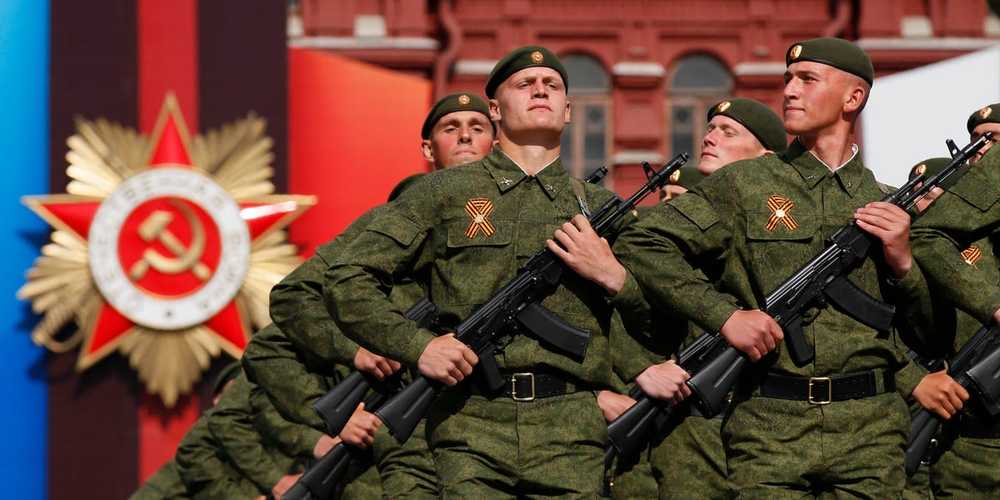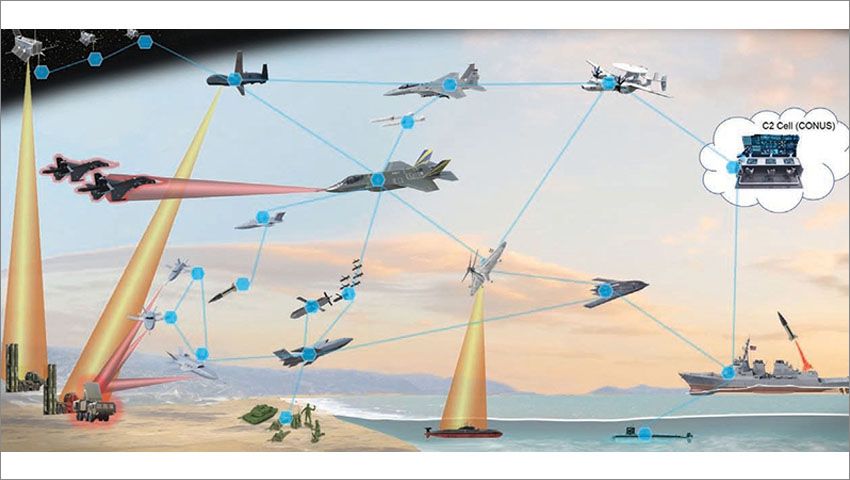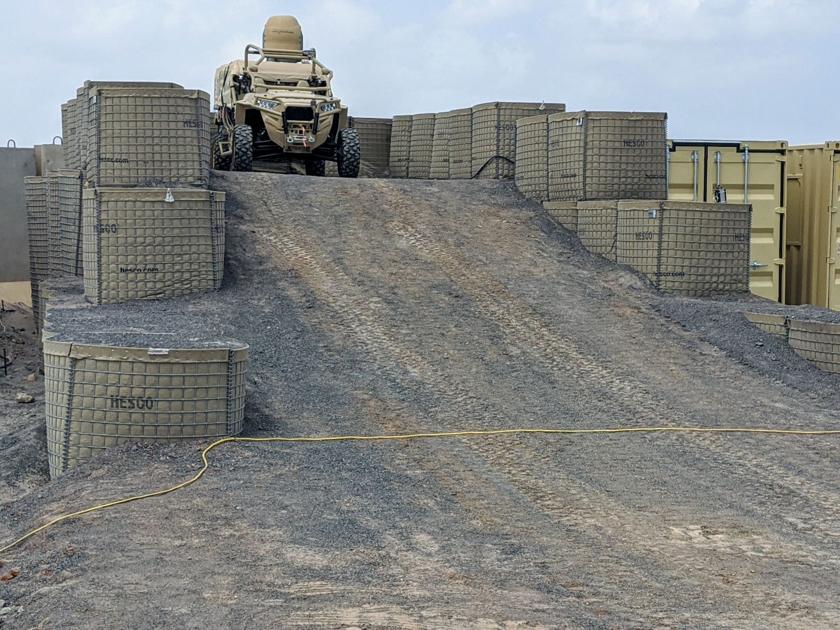The path forward begins with admitting the nation has a bomber shortfall. Retiring more aircraft exacerbates the problem. Nor is this just an Air Force problem. Bombers are national assets essential to our security strategy and must be prioritized accordingly. If other services have excess funds to invest in ideas like a 1,000-mile-range cannon when thousands of strike aircraft, various munitions and remotely piloted aircraft can fill the exact same mission requirements, it is time for a roles and missions review to direct funding toward the most effective, efficient options. Bombers would compete well in such an assessment. Ultimately, the solution demands doubling down on the B-21 program.
There comes a point where you cannot do more with less. Given the importance of bombers to the nation, rebuilding the bomber force is not an option — it is an imperative.
Retired U.S. Air Force Maj. Gen. Larry Stutzriem served as a fighter pilot and held various command positions. He concluded his service as the director of plans, policy and strategy at North American Aerospace Defense Command and U.S. Northern Command. He is currently the director of studies at the Mitchell Institute for Aerospace Studies, where Douglas Birkey is the executive director. Birkey researches issues relating to the future of aerospace and national security, and he previously served as the Air Force Association’s director of government relations.
